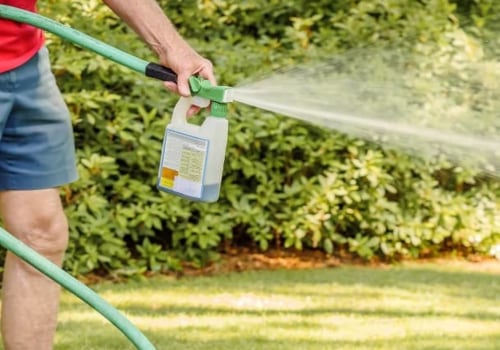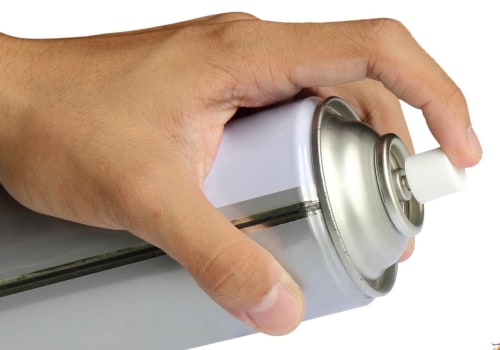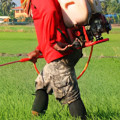Moisture is a driver for pesticides. It mixes into concentrates to make a useful spray and delivers pesticides to plants where secret insects live. However, it can be dangerous to spray where flowing streams can carry toxins to animals and fish and then stay in the water table, poisoning the area permanently. The recommended normal temperature range for storing liquid pesticides is usually 40° to 100° Fahrenheit.
Some pesticide labels indicate a specific temperature range to maintain an optimal shelf life. As a general rule, wettable powders and granules are not affected by low temperatures. Before storing pesticides, the applicator should read the storage and disposal section of the pesticide label. If a liquid pesticide freezes, it may be less effective.
Apply a degraded pesticide next year, Ogg said, and you just wasted your time. If applied at the right time and in the right way (always read the label), sprays can be an important tool in controlling many common soft-bodied garden pests, such as mites, aphids, whiteflies and mealybugs that could overwinter your plants.







